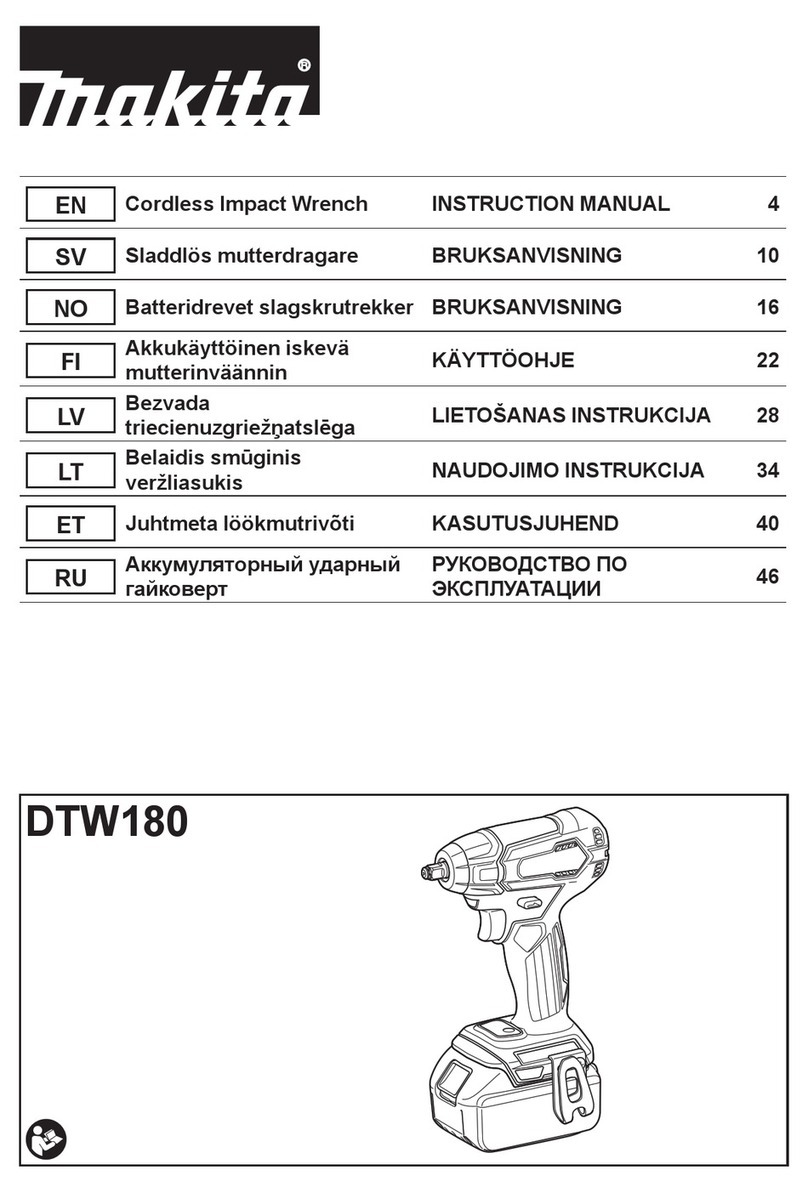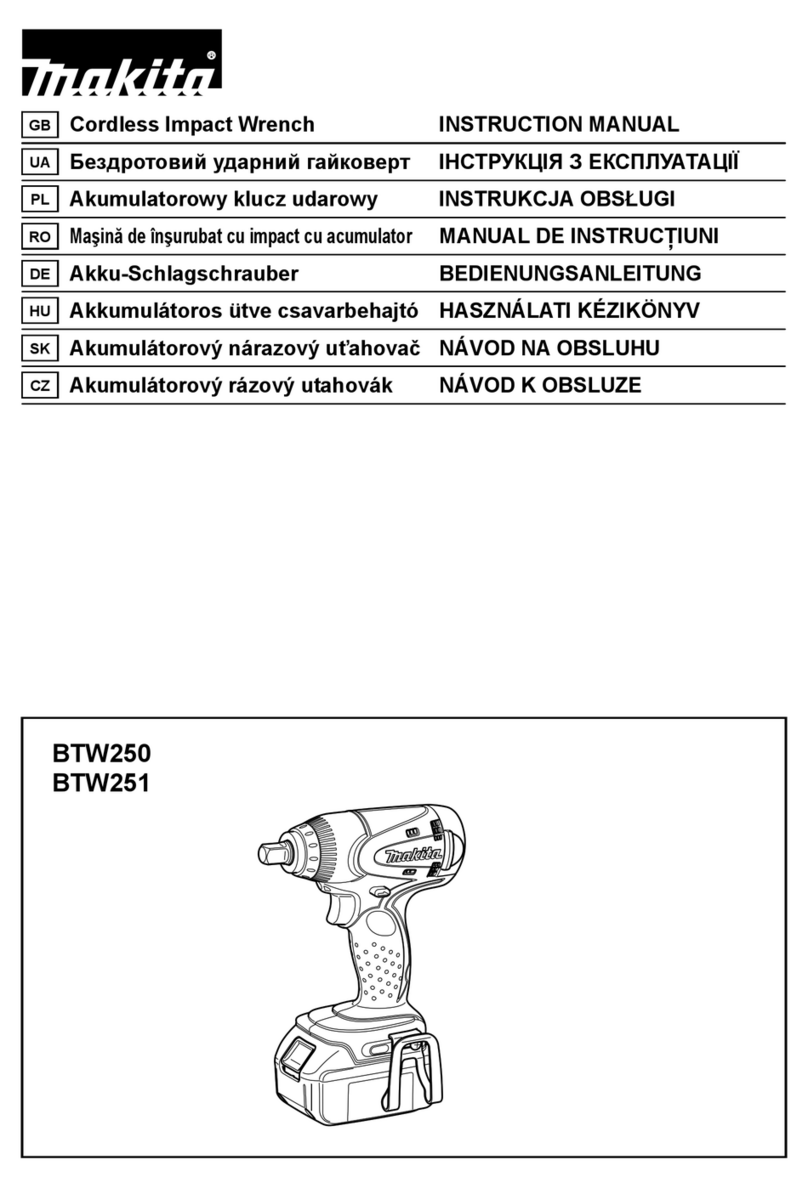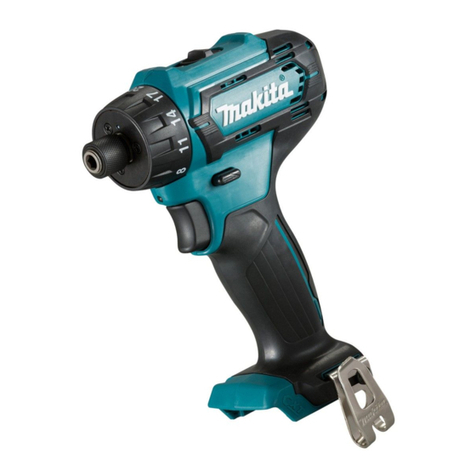Makita DUP361 User manual
Other Makita Power Tools manuals
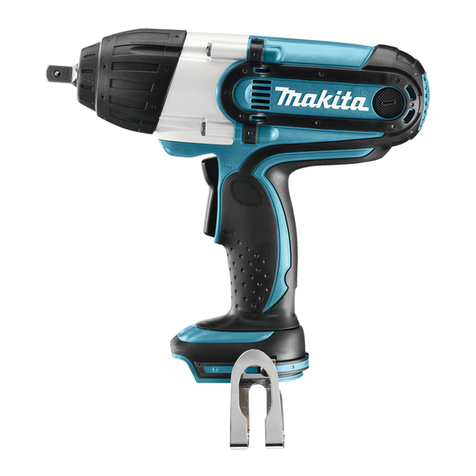
Makita
Makita DTW450 User manual

Makita
Makita AN451 User manual
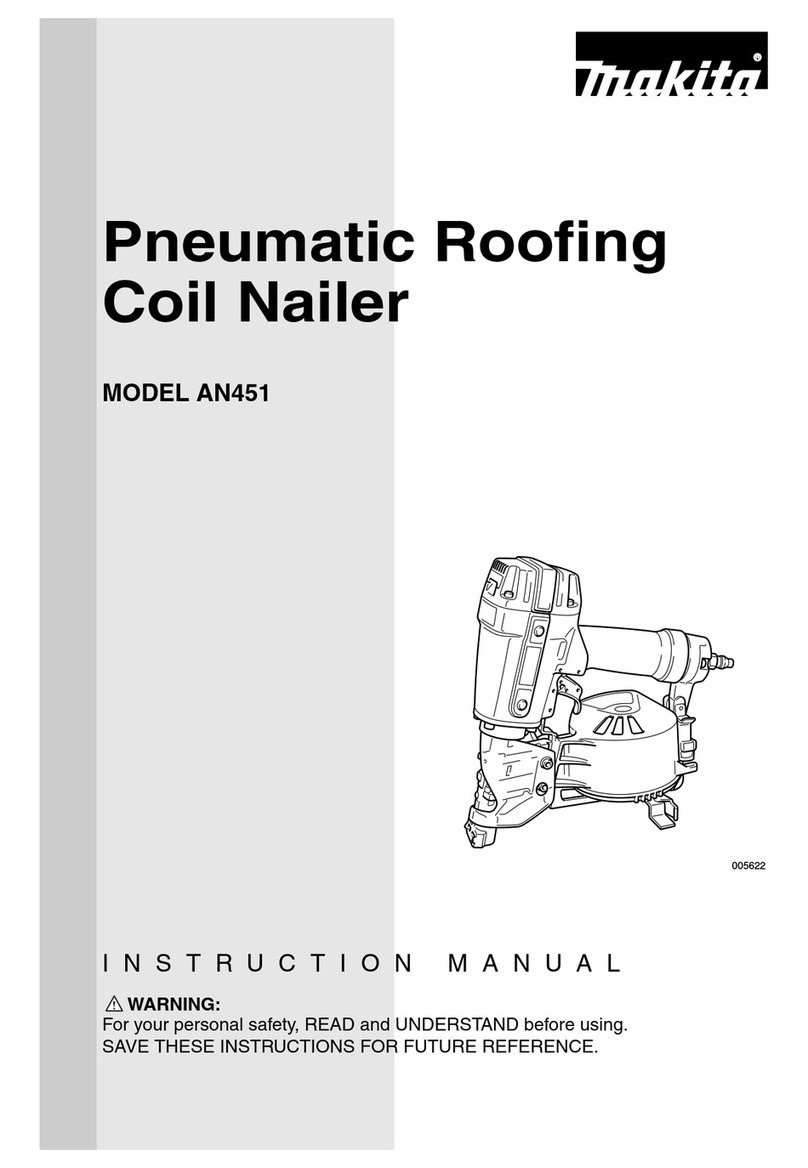
Makita
Makita AN451 User manual
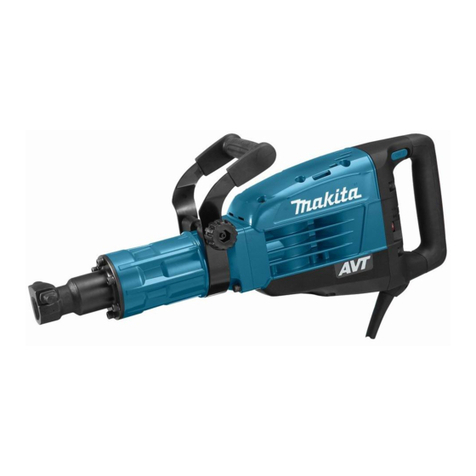
Makita
Makita HM1317C User manual
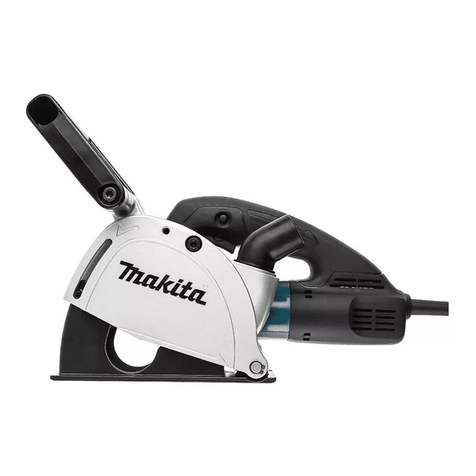
Makita
Makita SG1251 User manual

Makita
Makita DST111 User manual

Makita
Makita 1911B User manual
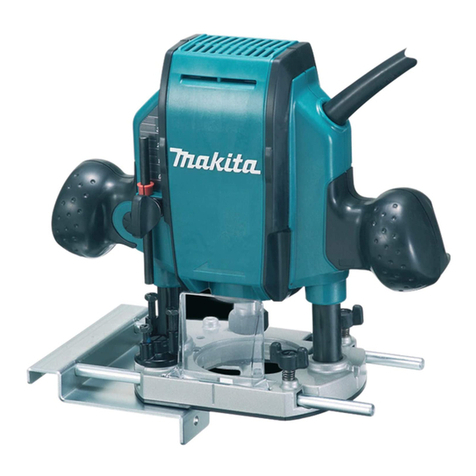
Makita
Makita RP0900X/2 User manual

Makita
Makita DTW284 User manual
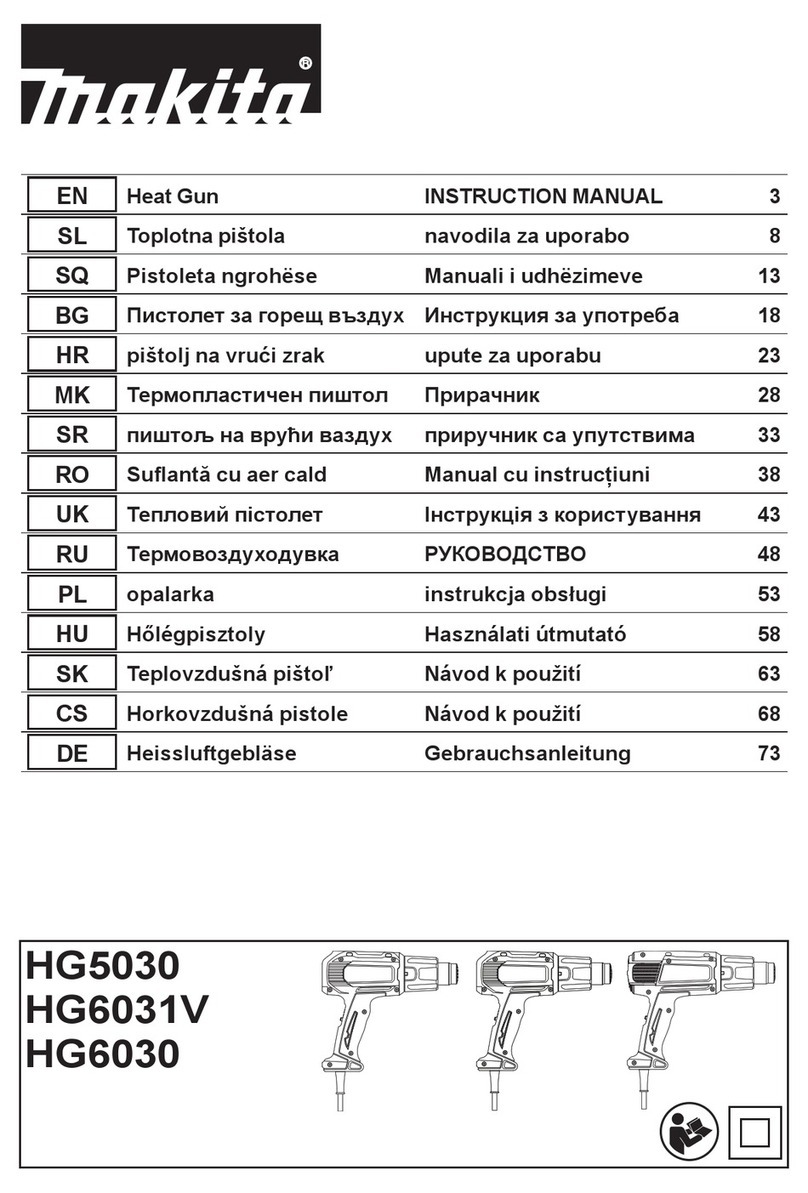
Makita
Makita HG5030 User manual
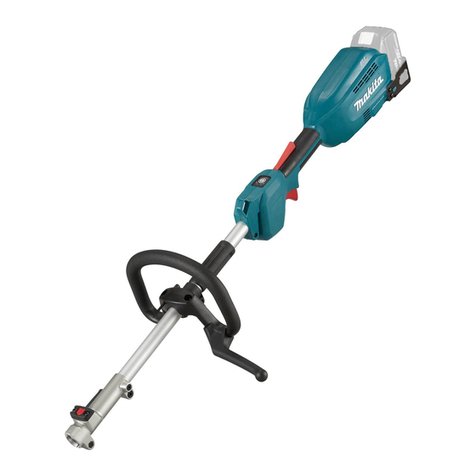
Makita
Makita DUX18Z User manual

Makita
Makita 4300BA User manual
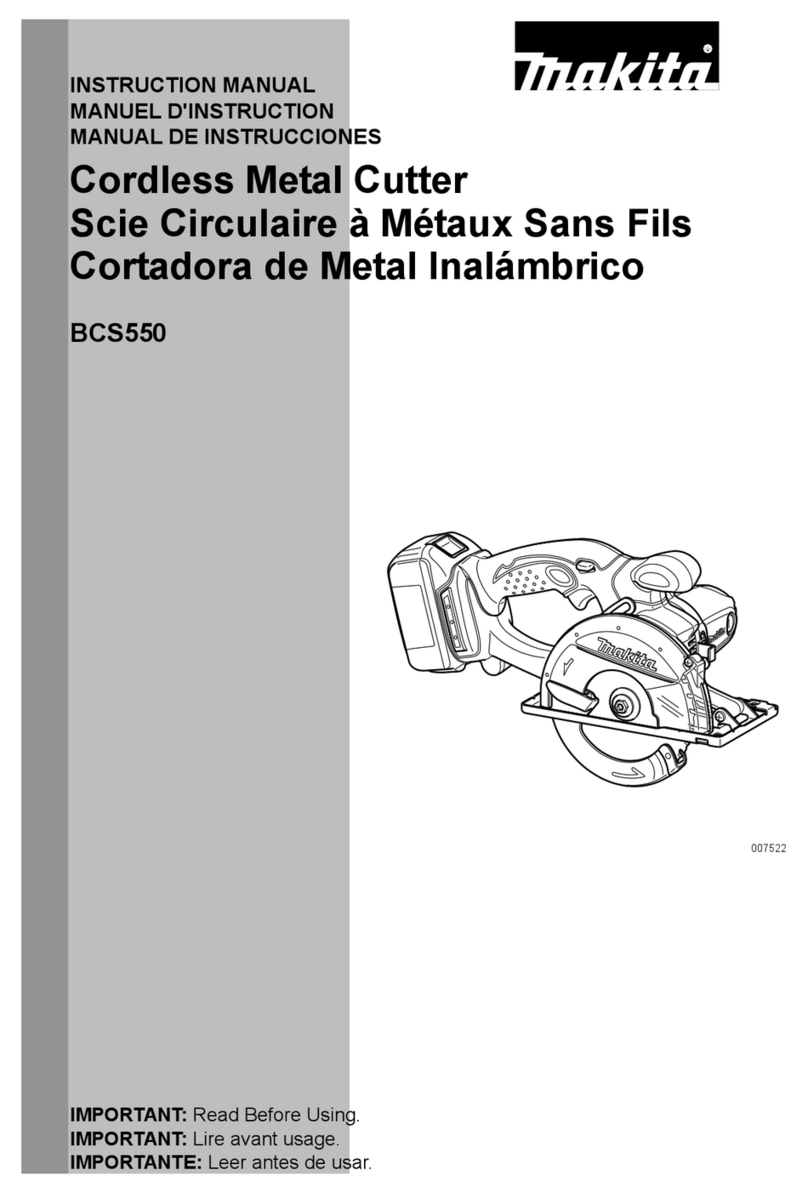
Makita
Makita BCS550 User manual
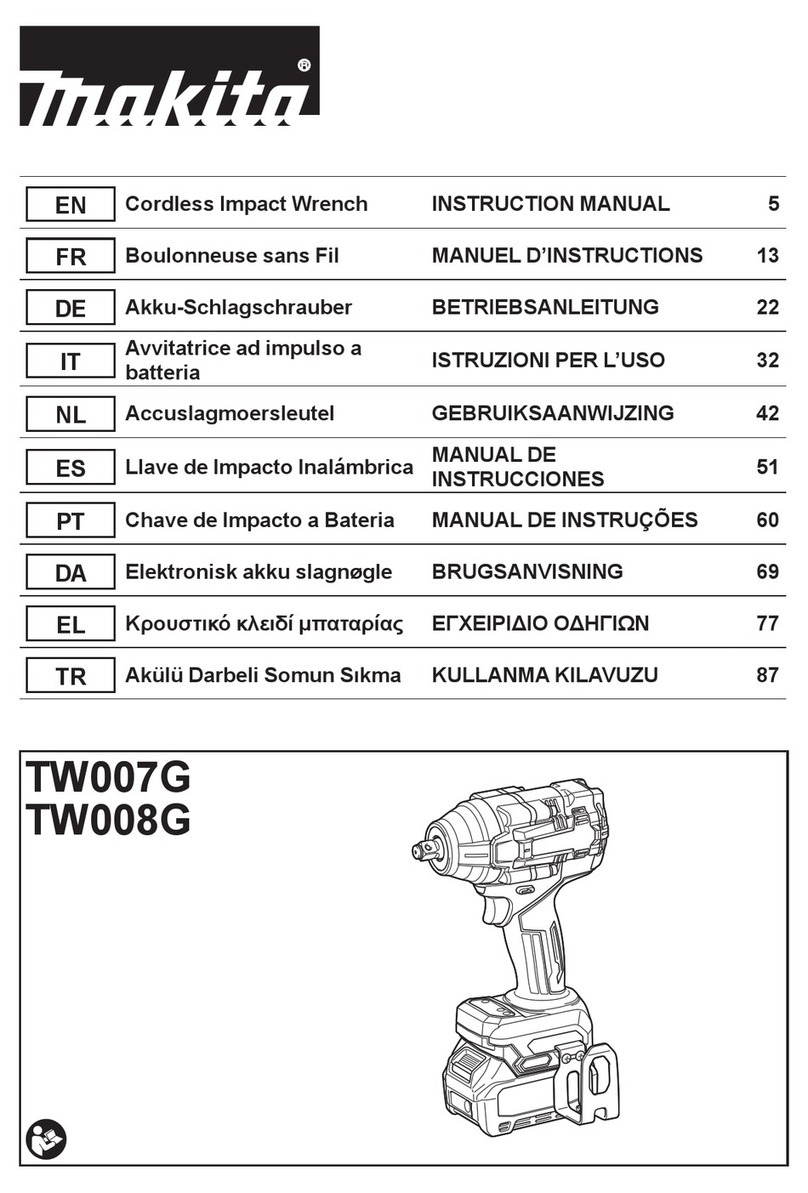
Makita
Makita TW008GM201 User manual
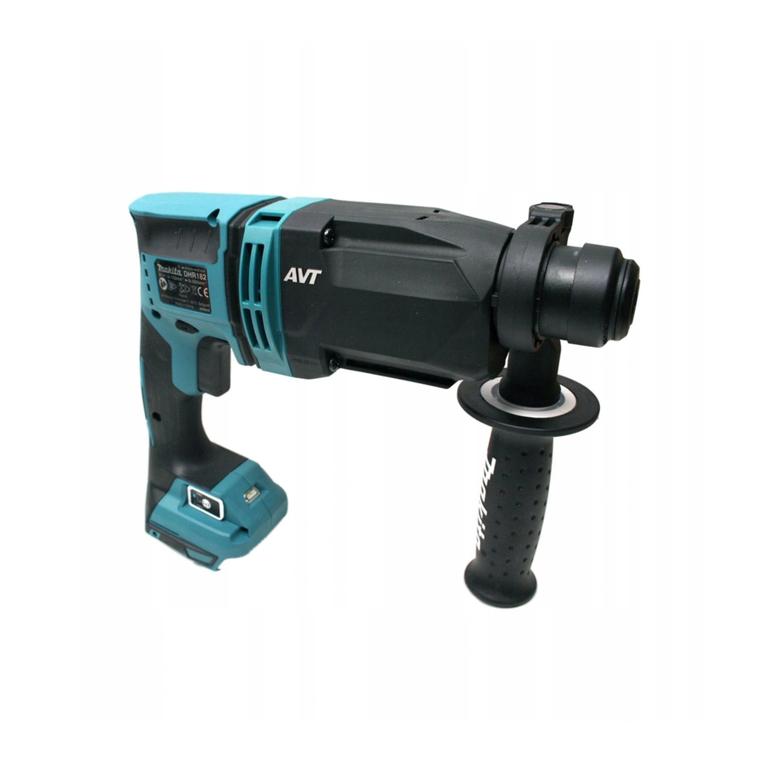
Makita
Makita DHR182 User manual

Makita
Makita RP0900 User manual

Makita
Makita 9218SB User manual
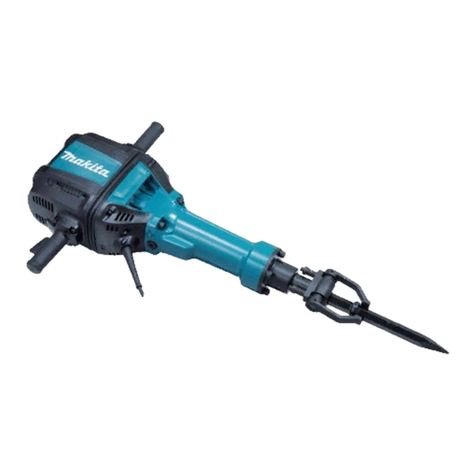
Makita
Makita HM1802 User manual
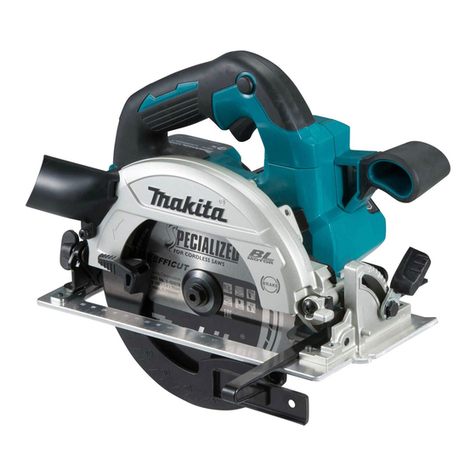
Makita
Makita DHS660 User manual
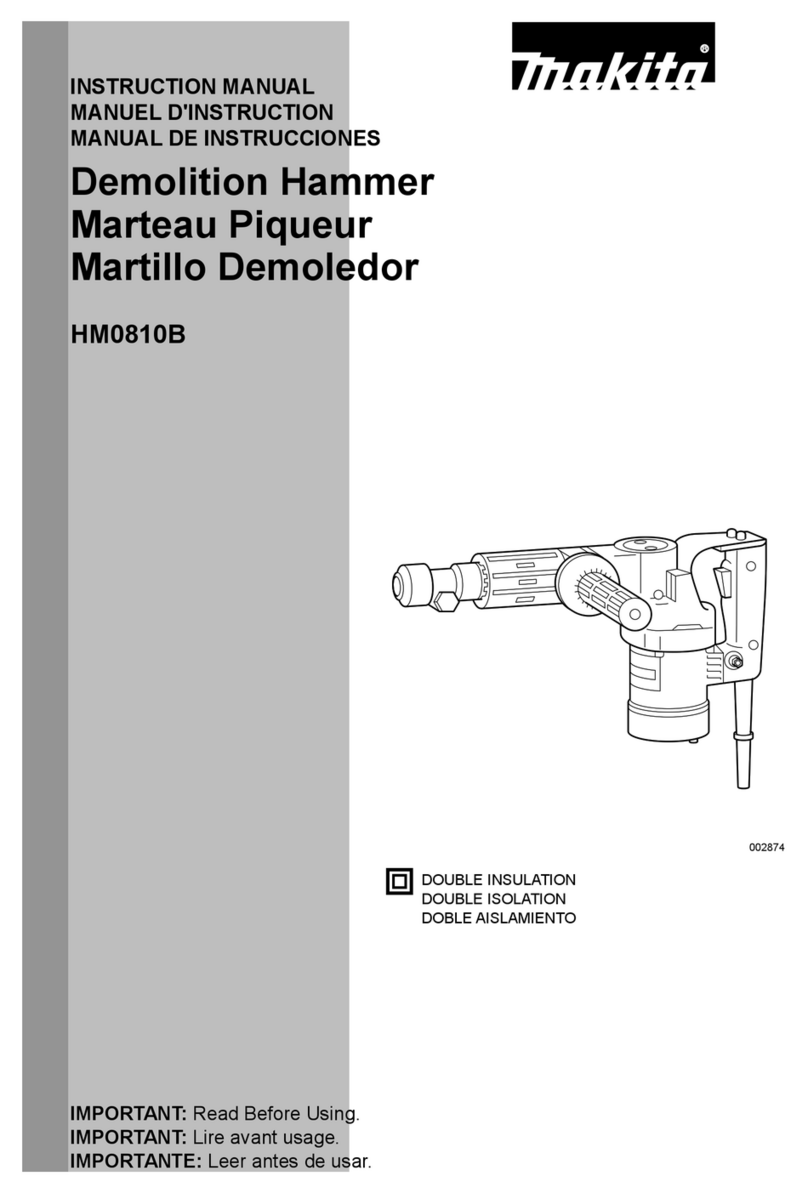
Makita
Makita HM0810B User manual

